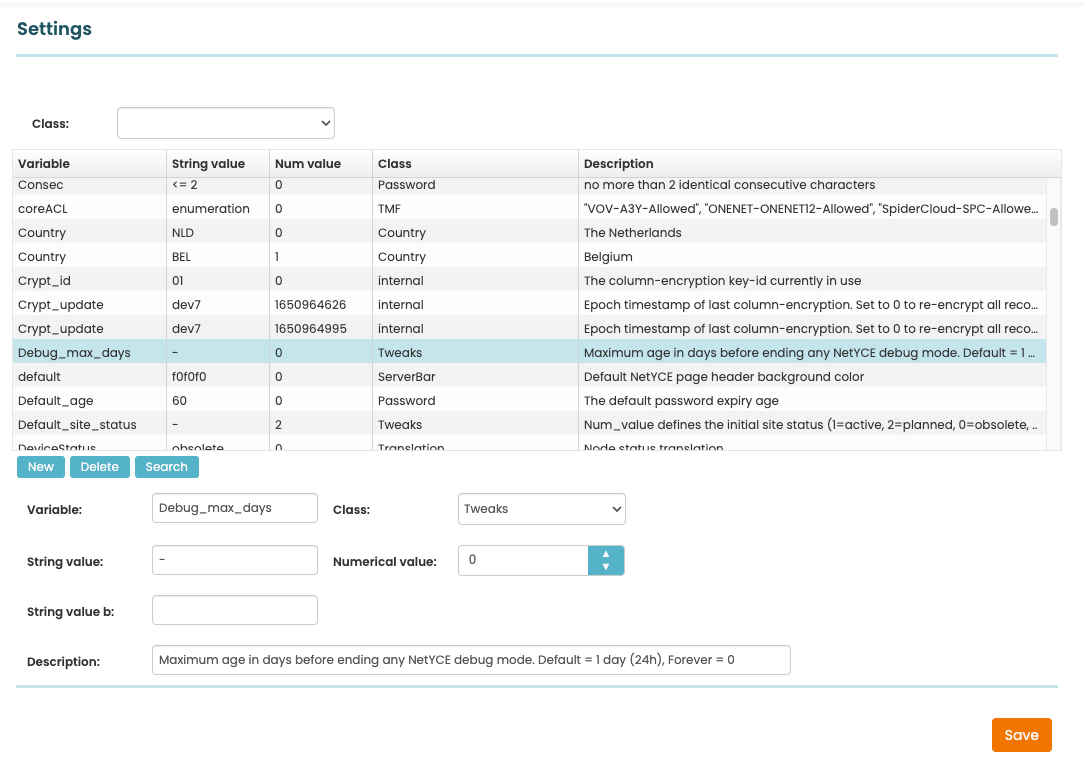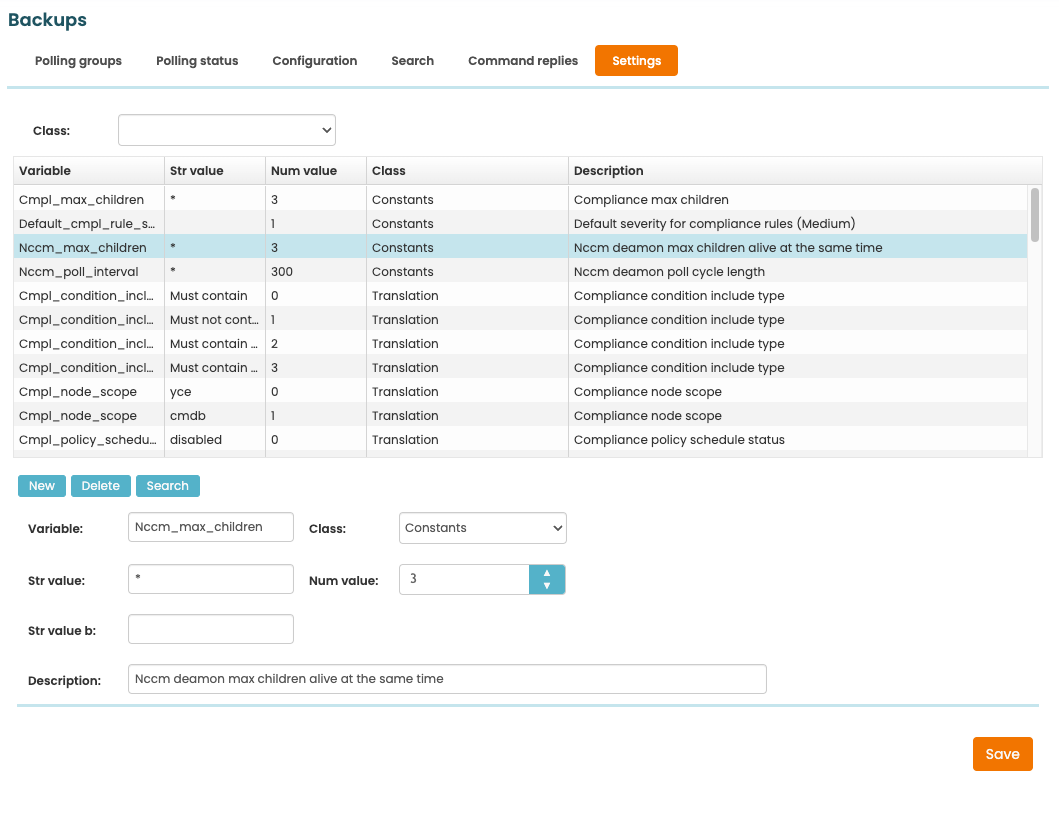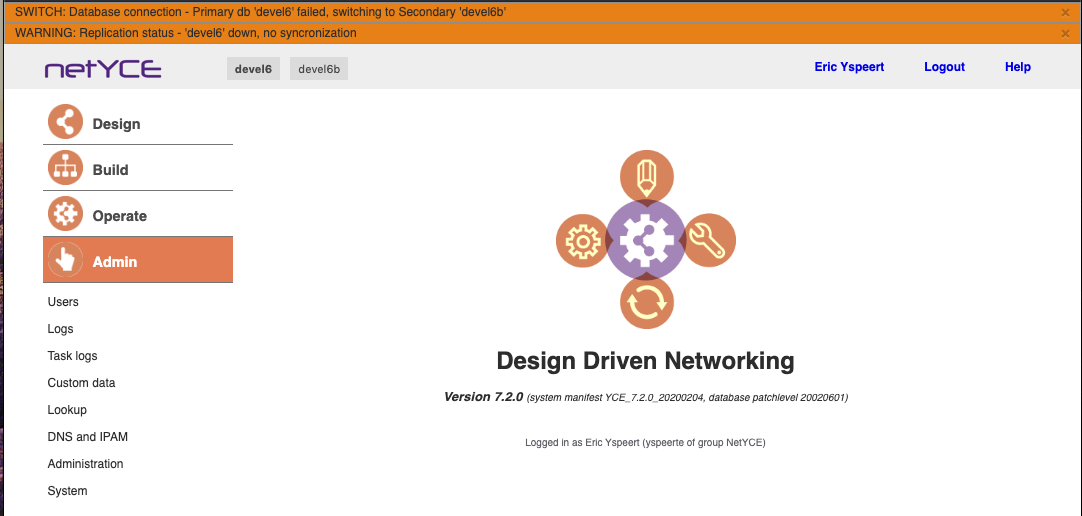start
Media Manager
Namespaces
Choose namespace
Media Files
Files in guides:reference

- lookup_tweaks.png
- 1084×778
- 2024/07/03 12:31
- 110.2 KB

- nccm_lookup_tweaks.png
- 1059×819
- 2024/07/03 12:31
- 106.2 KB

- sys_events_notifications.png
- 1082×516
- 2024/07/03 12:31
- 91.2 KB
File
start.txt · Last modified: 2024/09/11 07:44 by admin

